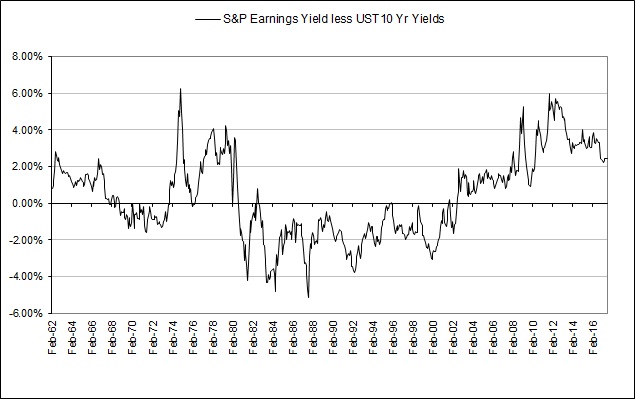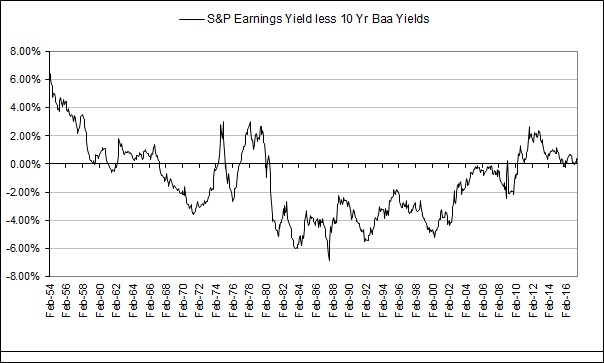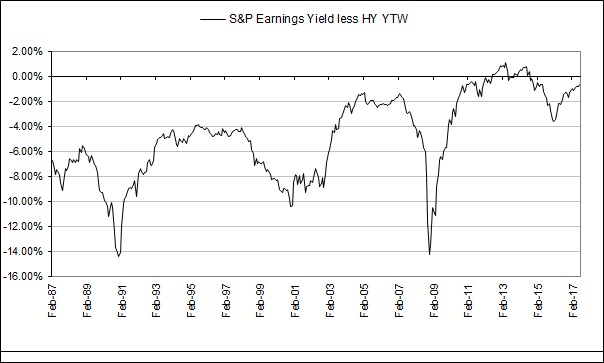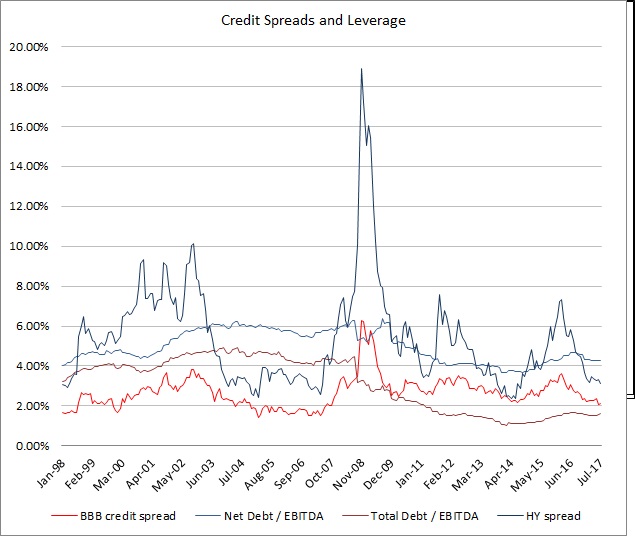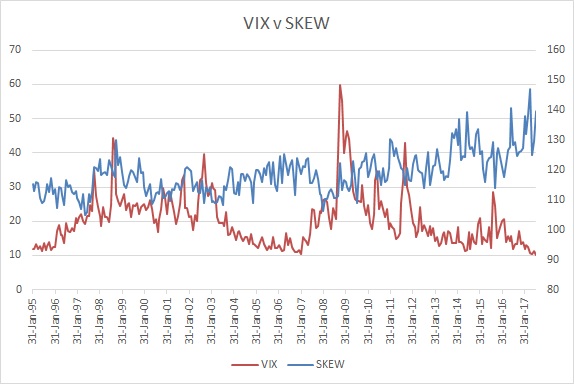US Debt Ceiling 2017. Mexican Stand-off Between Republicans Everywhere.
The best thing investors can do about the US debt ceiling issue is to talk about it and do nothing. In 2011, a Democrat White House and a Republican Congress had a similar debate about the debt ceiling. The Obama administration argued that failure to raise the debt ceiling would result in a sovereign default which would lead to an international financial crisis. On July 31, 2011, President Obama announced a bipartisan agreement on deficit reduction and some flexibility around the debt ceiling.
Stock markets stalled after a yearlong rally but US treasuries which were at risk of a downgrade rallied through the 1st half of 2011 while fraught negotiations were ongoing. It is difficult to attribute factors for the volatility in equities and credit given that Europe was undergoing its own sovereign debt issues.
On Aug 3, a day after the debt ceiling deadline, the national debt surged almost a quarter of a trillion USD, to over 100% of GDP for the first time since WWII, and a few days later, S&P downgraded the US from AAA to AA+. US treasuries rallied with 10 year yields falling from 2.5% to 1.75%, and stock markets across the world sold off and credit spreads widened. It all made perfect sense. The sovereign issuer had been downgraded, the national debt had ballooned, and demand for US treasuries rose. Meanwhile, demand for private assets, fell.
Yesterday, 23 Aug 2017, Donald Trump brought up again the subject of the debt ceiling and the potential shuttering of the US government. Congress needs to approve a budget as well as raise the debt ceiling by 30 Sep. Trump has signalled that he wants his Mexican Wall to be included in the budget, that same wall that the Mexican’s were supposed to pay for. And if he doesn’t get what he wants, Trump has threatened to veto the bill. “One way or another, we are going to get that wall”, vowed Trump. Yet earlier this year, Trump was still insisting that Mexico pay for their own wall, if indirectly through import tariffs, a somewhat self-defeating strategy. Now it appears that Trump is looking for alternative finance for the wall, and that is the US taxpayer, less indirectly. Perhaps some of the investment bankers on his residual team could come up with creative conduits so that the American money paid to Mexico could be channelled somehow into the budget to fund the wall. If tariffs can raise sufficient revenue and be earmarked especially for the wall, it might all work.
In the meantime, Paul Ryan has said that Congress would rather not shutdown the government. And with Trump’s receding approval ratings, and Senate and House elections in just a little over a year (Nov 2018), the Republicans will be careful not to come across as obstructive, especially since they control the House, Senate, and to the extent that anyone has any control, the White House.
6 years ago Democrats and Republicans came together to craft a deal, imperfect, but a deal. It resulted in a sovereign downgrade and some market volatility, although ironically, the downgraded instrument rallied hard. We therefore have somewhat of a guide as to what could happen if there was a Mexican stand-off; between Republicans in the White House, Republicans in the House and Republicans in the Senate.
How concerned should investors be about the current situation? Probably not very. The debt ceiling is academic. The budget determines the debt issuance, not the ceiling. A default by the US government would have sufficiently serious consequences that it would not be allowed to happen, especially since it is a technicality. Imagine if the most widely used collateral in secured lending markets defaulted. The implications would go well beyond American borders. Technical solutions would be found to avert a default, some of which were tabled in 2011 which would not require endorsement of the executive.
US treasuries would probably rise, as they did in 2011 before and after the deadline. This may seem irrational but the value of a security is what everyone agrees it is. There is little intrinsic value to all the paper claims that comprise the liquid markets.
The equity and credit markets might fall given lofty valuations, but mitigating this could be that this is not a new experience. The S&P500 fell 18% during the 2011 standoff, but this was the confluence of the novelty of the debt ceiling negotiations as well as economic troubles in Europe. Lower bond yields would relieve some of the relative over-valuation of equities which might provide some support. They would have the effect of a de facto rate cut. In the extreme case, the Fed may even cut rates or belay balance sheet normalization, resuming liquidity operations to support asset markets.
On the downside, the S&P trades at 21X today versus 16X in 2011, suggesting a 24% downside if multiples revert to those levels, more if they overshoot. This calculation should be discounted as equity markets are hardly scientific or rational in the short term, and the analysis is somewhat crude anyway. If confidence prevails, equities might dip and resume their climb. If confidence fails, even if the Republicans tame their President and find an amicable budget solution, equities could fall more than 24%.
In 2011, a Democrat in the White House faced off against a Republican Congress, but one had the sense that both sides would be strenuously resolute, but responsible and rational. Today we have Republicans in each pillar of government but an erratic President who has no qualms about alienating his partners in the House and Senate. So far, faced with stern resistance from his Congress Trump has always backed down or been thwarted but there may be limits to how much disappointment and ignominy he can endure.
